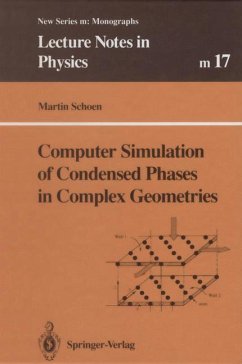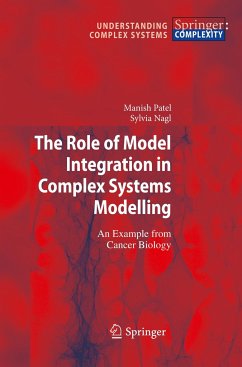
Economics as an Agent-Based Complex System
Toward Agent-Based Social Systems Sciences
Versandkostenfrei!
Versandfertig in 1-2 Wochen
77,99 €
inkl. MwSt.
Weitere Ausgaben:

PAYBACK Punkte
39 °P sammeln!
In agent-based modeling the focus is very much on agent-based simulation, as simulation is a very important tool for agent-based modeling. We also use agent-based simulation in this book with a stress on the mathematical foundation of agent-based modeling. We introduce two original mathematical frameworks, a theory of SLD (Social Learning Dynamics) and an axiomatic theory of economic exchange (Exchange Algebra) among agents. Exchange algebra gives bottom-up reconstruction of SNA (System of National Accountings). SLD provides the concept of indirect control of socio-economic systems to manage s...
In agent-based modeling the focus is very much on agent-based simulation, as simulation is a very important tool for agent-based modeling. We also use agent-based simulation in this book with a stress on the mathematical foundation of agent-based modeling. We introduce two original mathematical frameworks, a theory of SLD (Social Learning Dynamics) and an axiomatic theory of economic exchange (Exchange Algebra) among agents. Exchange algebra gives bottom-up reconstruction of SNA (System of National Accountings). SLD provides the concept of indirect control of socio-economic systems to manage structural change and its stability. We also compare agent-based simulation with gaming simulation and investigate the epistemological foundation of agent-based modeling.












